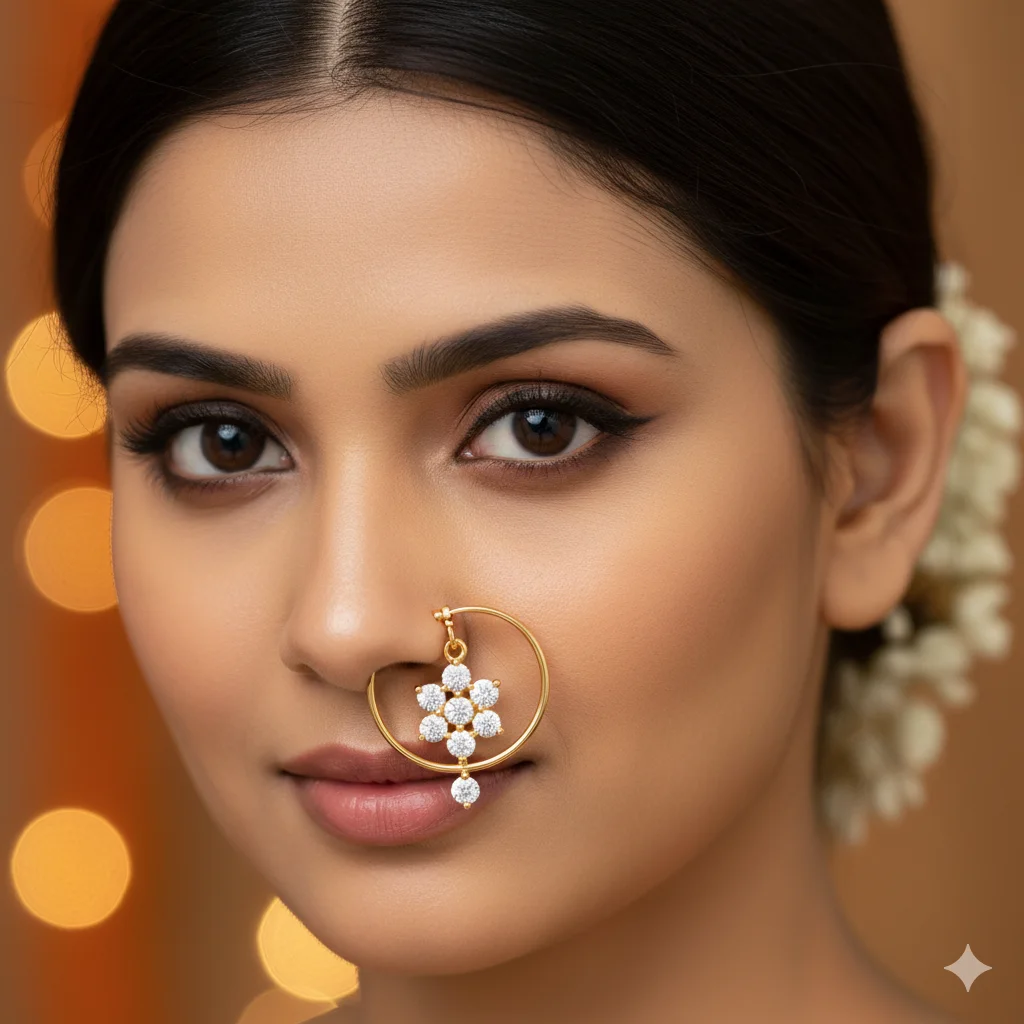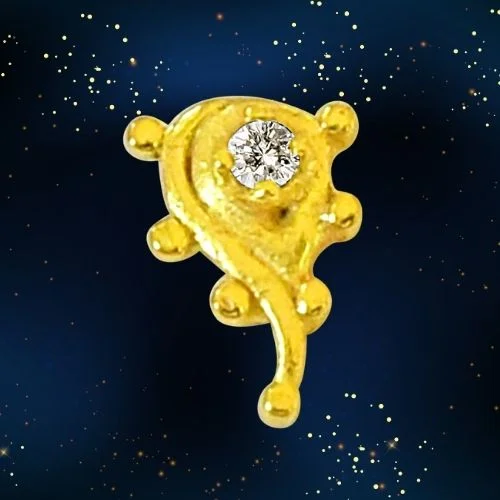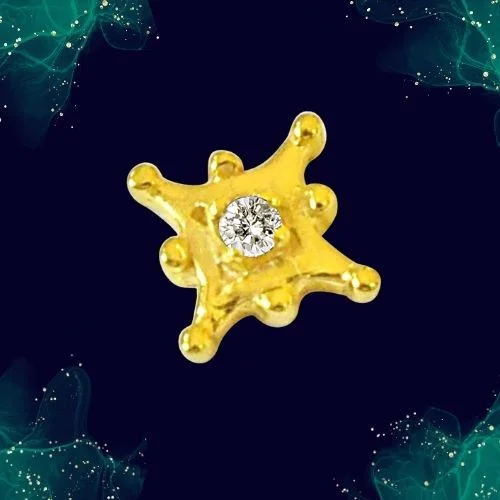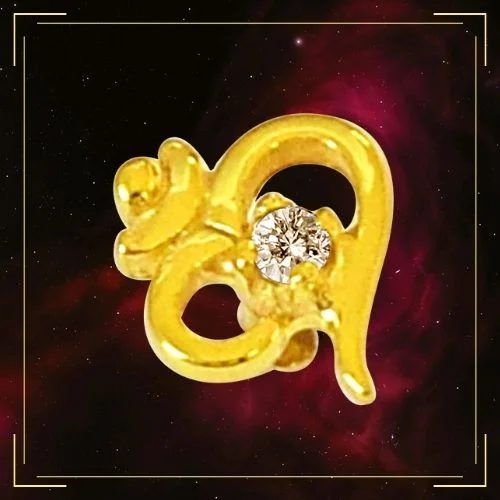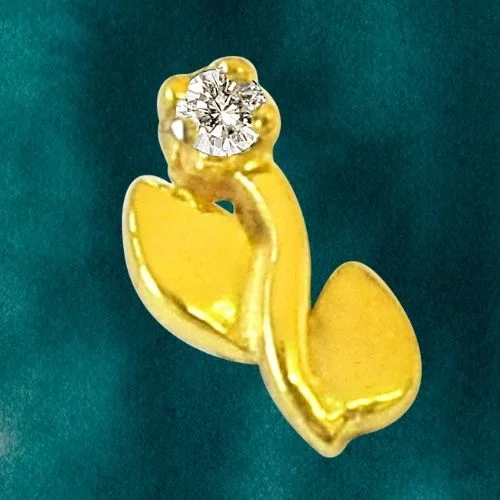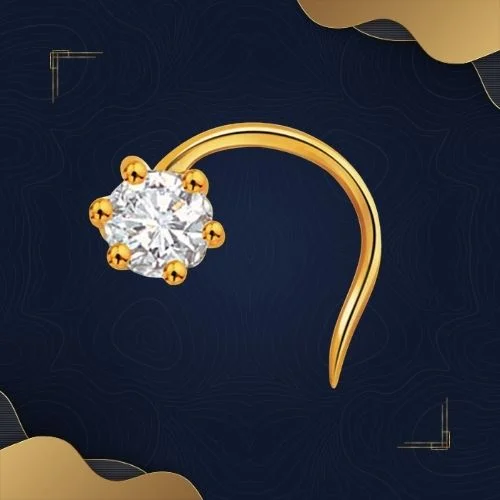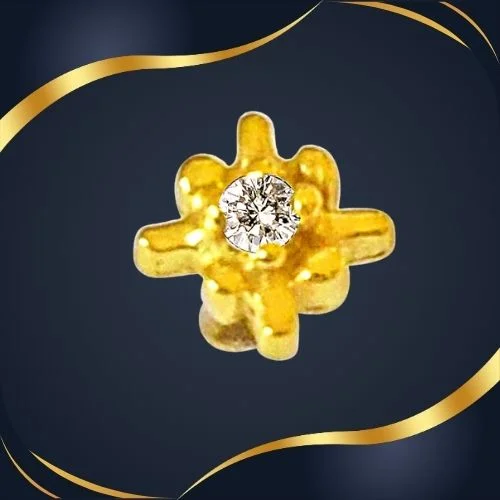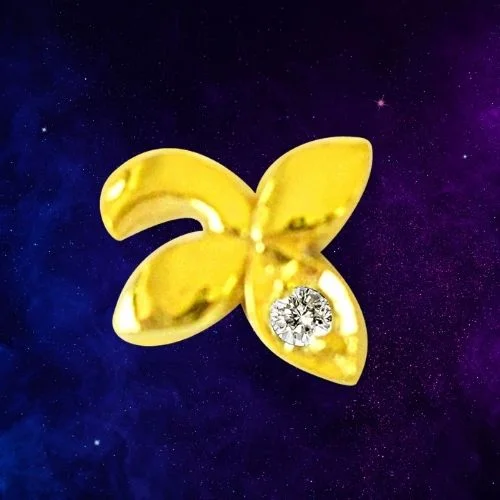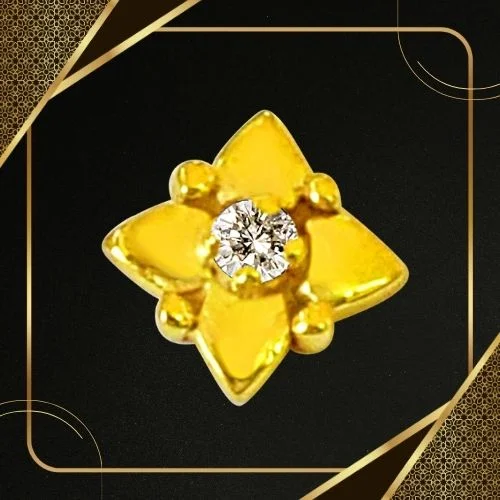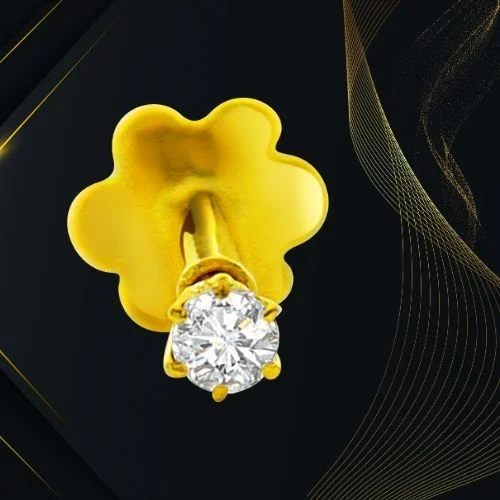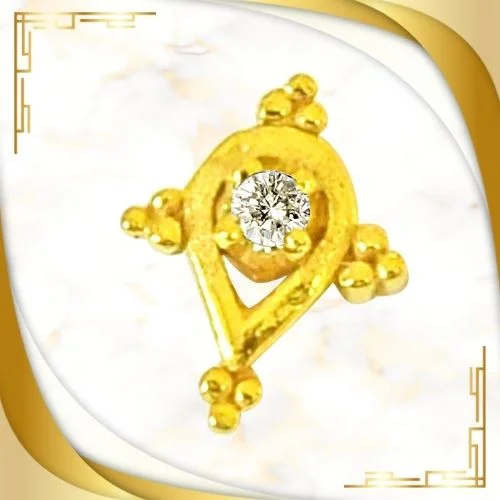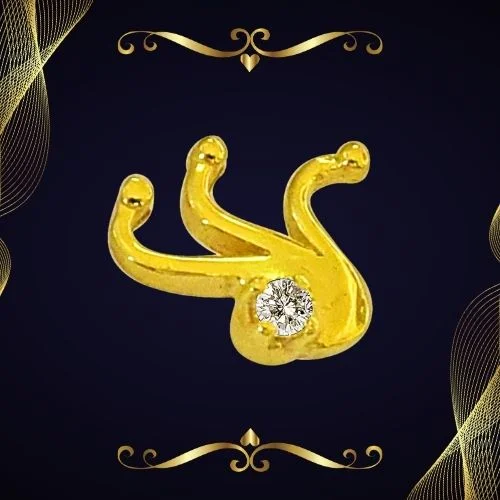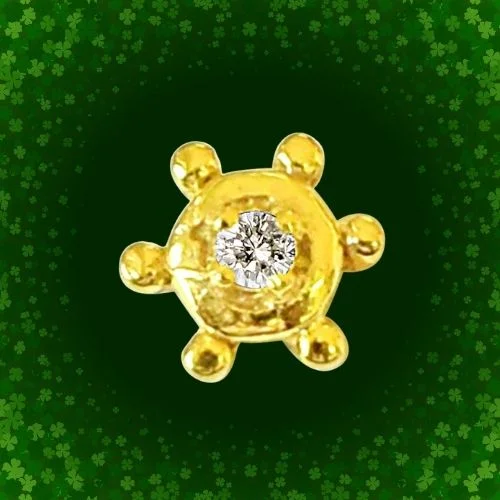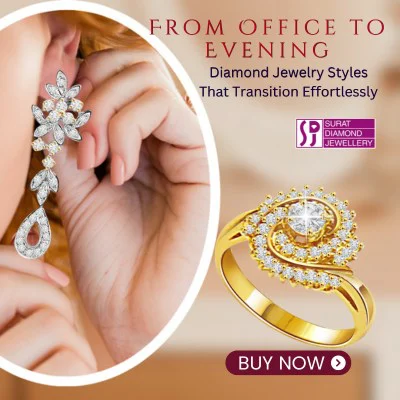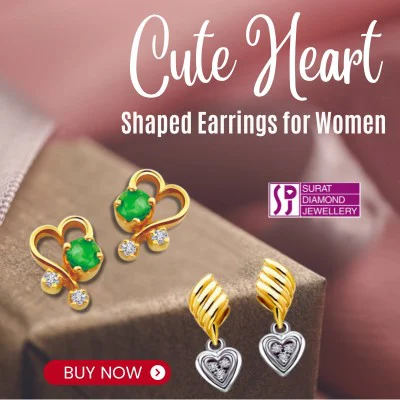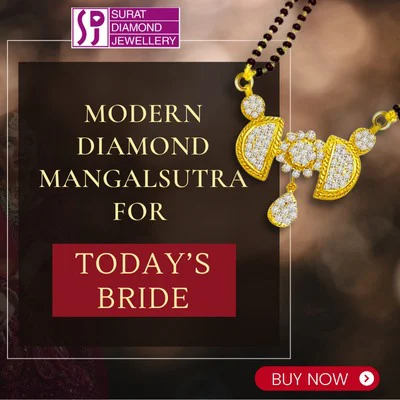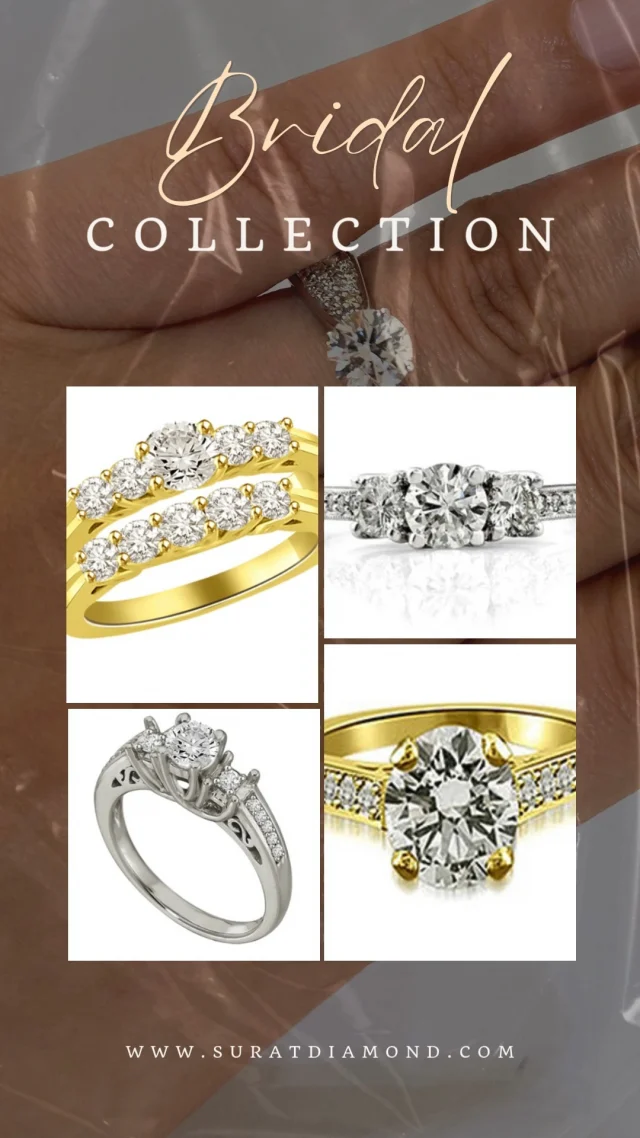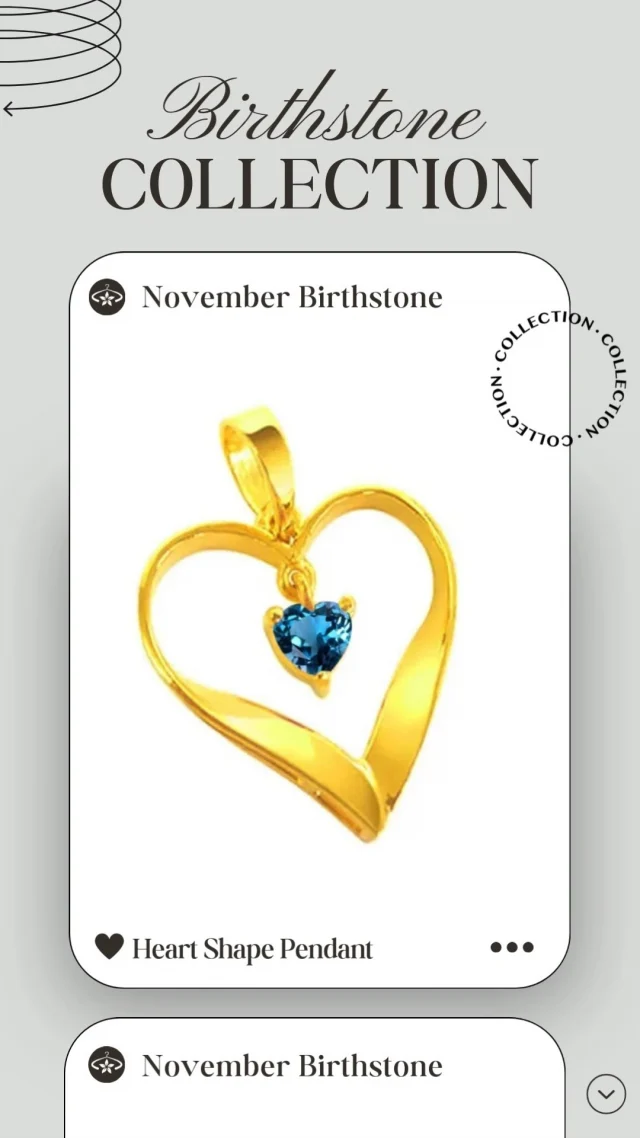Why Maharashtrian Brides Are Choosing Diamond Nath Designs
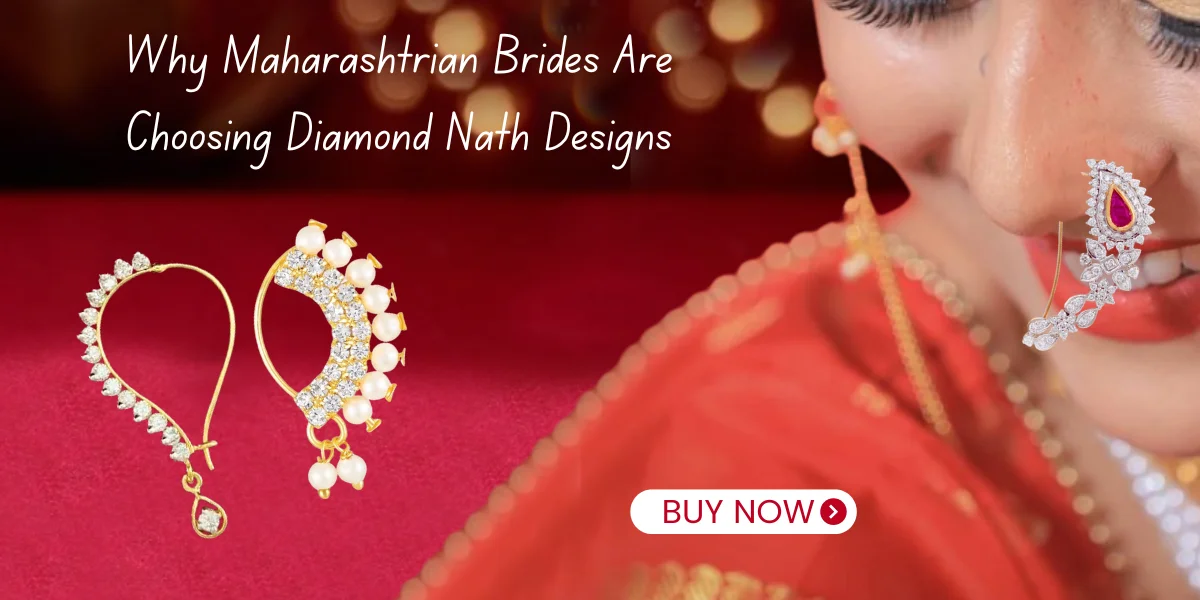
A Jewel of Identity
In Maharashtrian weddings, the nath is more than jewellery—it is a crown jewel of tradition, a mark of identity, and a powerful expression of bridal beauty. For centuries, brides have adorned their noses with crescent-shaped naths strung with pearls, saffron threads, and precious stones. Today, however, a new era has begun where the Maharashtrian diamond nath has emerged as a symbol of elegance and modernity while staying deeply rooted in tradition.
When a bride steps into her mandap with a diamond nath, it’s not just her face that glows—it’s the story of her ancestors, her individuality, and her dreams shining all at once.
The Evolution of Diamond Nath Designs for Brides
The diamond nath designs for brides reflect centuries of artistry and adaptation. From ancient temples to modern bridal studios, the nath has never stopped evolving.
-
Classic Maharashtrian Nath with Diamonds – Crescent-shaped with pearls but now enhanced with diamond accents. This style keeps the traditional silhouette intact while adding a shimmer of luxury.
-
Minimalist Diamond Nath – Sleeker versions with a single diamond centerpiece for brides who prefer subtlety. A new-age favourite among young women balancing modern fashion with heritage.
-
Floral and Peacock Motifs – Diamonds arranged in intricate traditional patterns, blending symbolism with glamour. Flowers symbolise purity and new beginnings; peacocks signify prosperity and beauty.
-
Fusion Nath – Marrying Maharashtrian motifs with global design trends, these are perfect for cosmopolitan brides who want a statement of individuality.
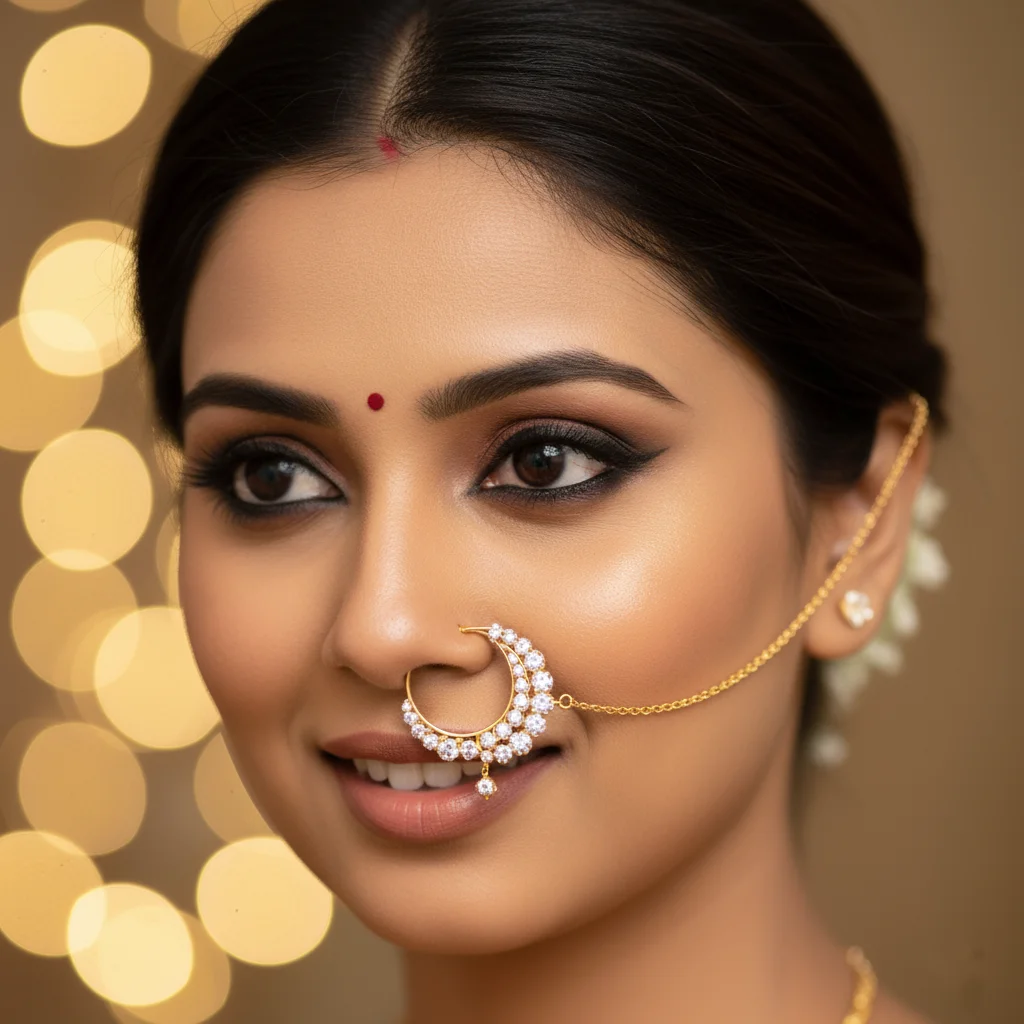
Every design narrates a story. A bride choosing a crescent diamond nath honours her grandmother’s legacy. Another wearing a minimalist single-diamond nath declares her own contemporary identity. The floral motifs carry cultural depth, while fusion designs celebrate global flair. This diversity means every bride can find a bridal diamond nose ring that resonates with her personality while staying true to tradition.
Cultural Symbolism: More Than Just Jewellery
The nath has always carried cultural weight in traditional Maharashtrian jewellery. Worn first during the Grihapravesh (house-entry ritual), it is believed to bless the bride with prosperity and fertility. In ancient times, queens of the Maratha Empire wore elaborate diamond-studded naths to signify power and royal grace.
Even today, when brides in Pune, Kolhapur, or Mumbai wear their diamond naths, they are not simply adding sparkle—they are connecting with centuries-old rituals, reminding themselves that their wedding is not just a personal moment but also part of a collective cultural memory.
Modern Trends: The Contemporary Bride’s Choice
Why are so many modern brides turning towards diamond nath designs for brides instead of purely gold or pearl versions? The answer lies in versatility and aspiration. Diamonds elevate the nath from being a traditional ornament to a luxury statement. Brides love that diamond naths complement not just the classic Paithani saree but also lehengas and even Indo-Western bridal gowns.
Minimalist designs with clean lines are adored by women who prefer understated elegance. Meanwhile, bold brides are opting for oversized floral or fusion naths with diamonds that glisten dramatically in photographs. Social media has further fueled this movement—Instagram reels and wedding Pinterest boards are brimming with brides flaunting unique nath styles, inspiring others to follow suit.
Celebrity Influence: Bollywood’s Love Affair with Nath
Bollywood brides and actresses have played a huge role in popularising the bridal diamond nose ring. Actresses like Sonali Bendre and Priyanka Chopra have flaunted diamond-encrusted naths in movies and at weddings, sparking renewed interest among young women. Fashion designers, too, are styling models in diamond naths for bridal runway shows, merging tradition with couture.
Celebrities from both India and the West have shown interest in traditional Maharashtrian jewellery, especially for its uniqueness and cultural depth. This exposure has positioned the Maharashtrian diamond nath not only as a local treasure but also as a global fashion statement.
How to Choose the Perfect Diamond Nath for Your Wedding
For a bride, choosing the perfect diamond nath is like choosing her voice for the wedding day—it’s what frames her smile, highlights her grace, and sets her apart as she steps into a new chapter of life. The nath is not just an accessory, it is an heirloom-in-the-making, and selecting the right design deserves thought and heart.
Brides often ask: How do I know which diamond nath is right for me? The answer lies in a combination of tradition, aesthetics, and comfort. Here are some guiding tips to help you make the perfect choice.
Face Shape: Enhancing Natural Beauty
Your face shape is the canvas, and the nath is the brushstroke that completes the picture. For round faces, minimalist diamond nath designs with a delicate single stone or small crescent work wonders by adding balance and subtle sparkle. Brides with oval or elongated faces can experiment with larger floral or fusion designs that cascade gracefully, creating drama without overwhelming the face. Square or angular faces look particularly striking with diamond naths featuring soft curves and floral motifs, softening and enhancing natural lines.
Attire Match: Harmony with Tradition and Fashion
The nath should complement, not compete with, your bridal attire. For the Paithani saree, the soul of Maharashtrian weddings, crescent-shaped or floral diamond naths are ideal—they echo the saree’s richness while carrying the legacy of heritage. If you’re donning a lehenga or Indo-fusion outfit, consider a bold fusion diamond nath with contemporary elements to stand out in your bridal look. And for brides choosing pastel or modern silhouettes, a minimalist design with diamonds can tie the ensemble together with understated elegance.
Comfort Factor: Beauty That Lasts All Day
Weddings are long, emotional, and filled with rituals that can stretch for hours. This is where comfort becomes as important as beauty. Lightweight, minimalist diamond naths are perfect for brides who want to move, smile, and dance freely without worrying about heaviness. For brides who prefer elaborate designs, ensure the clasp and fit are secure so you can enjoy the ceremony with ease and confidence. Remember: a comfortable bride is a radiant bride.
Symbolism vs. Style: What Speaks to You?
Every bride must ask herself: Am I choosing a nath for its symbolism, or for its style—or perhaps both? Brides who wish to honour tradition and family heritage often gravitate towards crescent-shaped designs, passed down as cultural treasures. Meanwhile, brides who see their wedding day as an opportunity to express individuality may choose fusion or modern diamond nath designs, blending Maharashtrian roots with a global fashion statement. The choice is deeply personal, and there is no right or wrong—only what feels true to you.
Where Tradition Meets Luxury
At SuratDiamond.com, brides can explore a wide spectrum of diamond nath designs for brides—from timeless crescents inspired by age-old Maharashtrian traditions to contemporary minimalist and fusion creations. Each piece is crafted with care, ensuring it feels as personal as your wedding vows, as cultural as your grandmother’s blessings, and as luxurious as the diamonds themselves.
Choosing your nath is not just about finding a piece of jewellery—it’s about finding the sparkle that mirrors your soul. Whether you want to glow with heritage, shine with individuality, or balance both, the perfect diamond nath awaits you.
Historical Anecdotes: The Royal Connection
History is rich with tales of queens and noblewomen who elevated the status of naths. The Peshwa queens of Pune often wore elaborate pearl-and-diamond naths during court ceremonies. It is said that Queen Ahilyabai Holkar favoured jewellery that balanced spiritual significance with elegance, and her personal collection inspired jewellers of her era. Today’s brides mirror this royal spirit when they choose a diamond nath—a reminder that they are both heirs of tradition and authors of their own destiny.
Key Takeaways
-
The Maharashtrian diamond nath has evolved from a traditional pearl-and-gold ornament into a dazzling statement piece with diamonds.
-
Brides today can choose from classic crescents, minimalist designs, floral motifs, and fusion styles, each reflecting personality and tradition.
-
More than jewellery, the bridal diamond nose ring carries cultural symbolism—prosperity, fertility, and heritage.
-
Bollywood celebrities and social media have amplified its appeal, making it a must-have accessory for modern brides.
-
At SuratDiamond, brides can discover stunning collections of diamond nath designs for brides, blending affordability with artistry.
FAQs
Q1. Why is the Maharashtrian diamond nath so important in bridal jewellery?
It is a symbol of tradition, prosperity, and femininity. Brides wear it as part of their cultural heritage, and adding diamonds elevates its beauty and significance.
Q2. What types of diamond nath designs for brides are popular today?
From traditional crescent designs with pearls to minimalist solitaires and fusion styles with floral motifs, brides have many options.
Q3. Can a bridal diamond nose ring be worn after the wedding?
Yes. Many modern designs are versatile enough to be styled for festivals, family occasions, or even contemporary outfits.
Q4. How do I choose between traditional Maharashtrian jewellery and modern diamond designs?
You don’t have to choose—today’s diamond naths blend both, allowing you to honor tradition while enjoying modern elegance.
Q5. Where can I buy authentic Maharashtrian diamond nath designs?
Trusted jewellers like Surat Diamond offer authentic, high-quality pieces crafted to suit every bride’s taste and budget.


